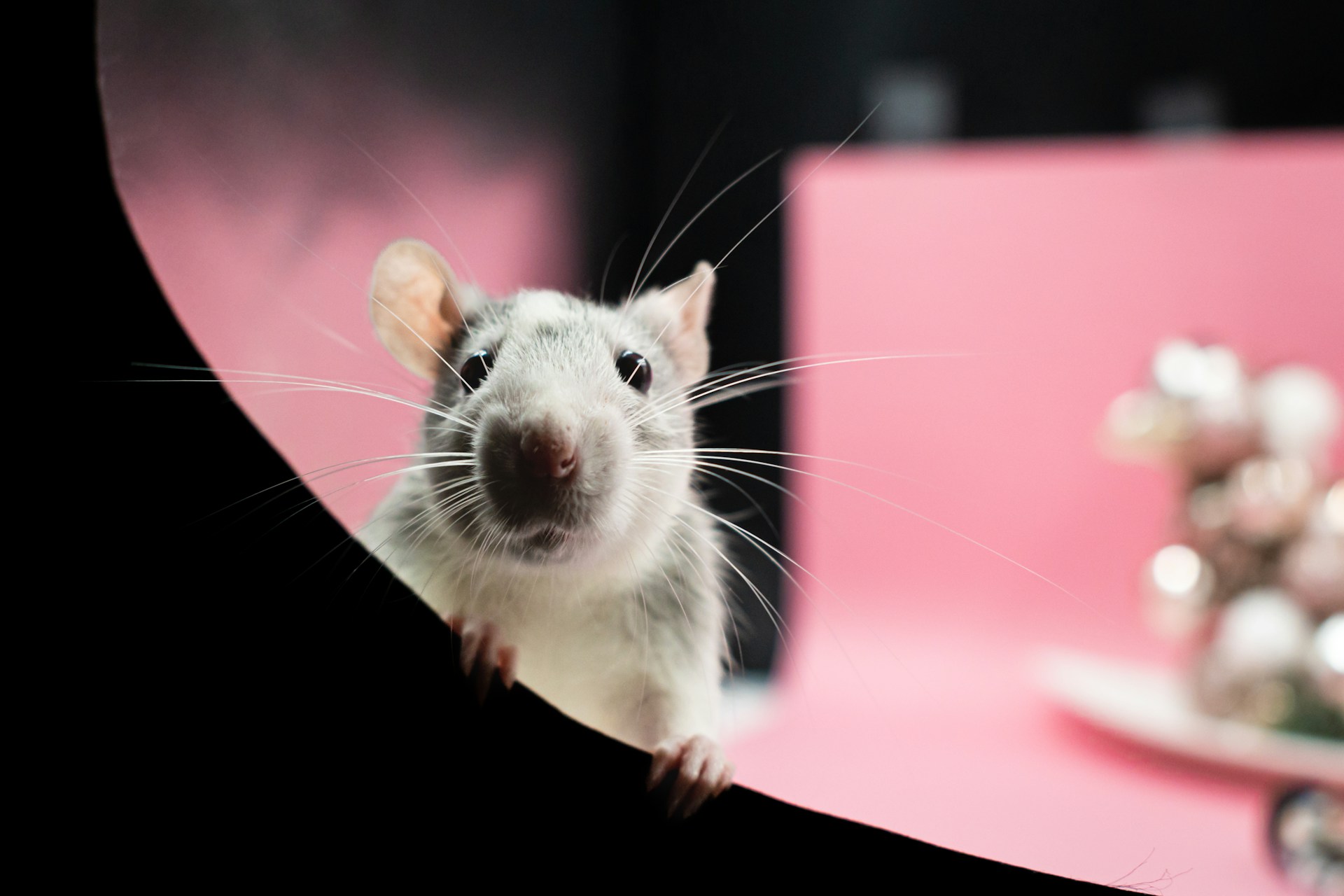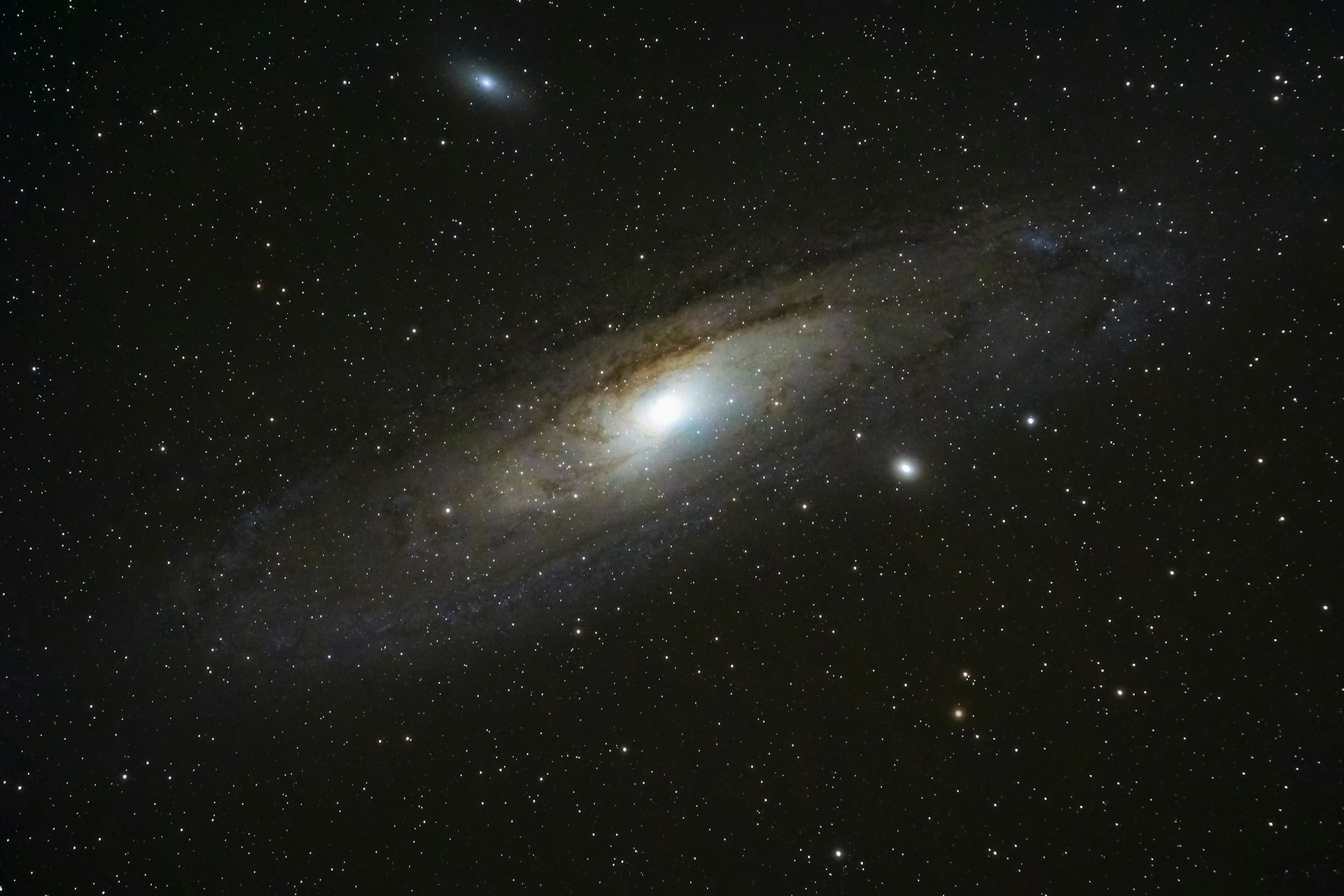Are mesmerising visuals and a scientifically plausible plot all that it takes to make the best palaeontology documentary? Image credit: Apple TV+.
Watching Prehistoric Planet, it appears that the team at the BBC Natural History Unit have obtained a time machine, gone back to the age of the dinosaurs, placed down a camera and started filming. Never before have prehistoric creatures felt so realistic.
None of this is new to the documentary series—these ground-breaking standards were established in May 2022, when the first season of Prehistoric Planet aired. Stunning visual effects are provided by MPC, the same studio that provided the photorealistic effects in the live-action remakes of The Jungle Book (2016) and The Lion King (2019). The documentary, narrated, naturally, by David Attenborough, follows the Planet Earth style, focusing each episode on a particular environment, from deserts and ice worlds in the first season, to swamps and oceans in the second. The new season continues in the same trend of exploring just the latest part of the Cretaceous Period of Earth history, known as the Maastrichtian, roughly 66 million years ago.
Never before have prehistoric creatures felt so realistic.
In the world of palaeontology documentaries, the BBC’s Walking With Dinosaurs has reigned as king since airing in 1999, so any documentary attempting to cover similar ground will inevitably be compared to this benchmark. Yet, Prehistoric Planet’s approach is different enough that such comparisons are mostly a matter of personal preference. Walking With Dinosaurs employs a narrative-driven focus, following a “main character” animal throughout each episode, showcasing the story of how it lived its life.
Prehistoric Planet, on the other hand, explores first and foremost an environment in a series of independent stories with related backdrops, in the style of Planet Earth. For my own part, I think the narrative approach makes more sense for depicting prehistoric animals, for reasons I’ll get into later. But one thing is clear: the visual effects in Prehistoric Planet are deeply photorealistic, and the depiction of fascinating and bizarre yet extremely scientifically plausible behaviours among these ancient animals are a league above anything we’ve seen before. This new series prompts the question: has Prehistoric Planet surpassed Walking With Dinosaurs as the new gold standard for a palaeontology documentary?
There are a few new features that the second season brings to the table that were absent in season one. First and foremost, an extended exploration of animals that might not be familiar to non-specialists (while not forgetting the usual stars of dinosaurs, pterosaurs, and marine reptiles). In the very first episode, we see a spunky Simosuchus clarkii, an herbivorous and terrestrial relative of modern crocodiles, as well as a motherly Adalatherium hui, a Mesozoic mammal that watches over her clutch of eggs1. Such lesser known yet common animals that roamed the Earth alongside the dinosaurs are rarely seen in prehistory documentaries, including season one of Prehistoric Planet—their prominent presence here is very welcome.
The visual effects in Prehistoric Planet are deeply photorealistic, and the depiction of scientifically plausible behaviours are a league above anything we’ve seen before.
However, nearly all of these unique appearances seem to be restricted to Madagascar, which feels like the single location that is the most fleshed out throughout the entire series. Perhaps instead of dedicating an episode to North America, one should have instead been dedicated to Madagascar, making all these segments feel more related and connected, rather than dispersed among various episodes this season.
The folks at Skeleton Crew, a YouTube channel run by palaeontologists, suggested that such an episode could have followed a day in the life of Beelzebufo, the so-called devil toad. We are first introduced to Beelzebufo in season one and see it in an extended sequence in the “Swamps” episode of season two. Watching it hop and croak around the Madagascan landscape would be a fantastic way to showcase that environment. Such a suggestion I think follows more of the narrative-driven style that Walking With Dinosaurs used, but it would make a lot of sense here and would make the episode feel more coherent.
Why does Planet Earth fail to carry its stylistic strengths over to Prehistoric Planet? Planet Earth can get away with its environment-based approach because the viewer fundamentally knows that they are seeing real animals that were actually captured on film. Despite the stunning visual effects of the series, viewers of Prehistoric Planet will always fundamentally know that what they are watching was not directly captured on film, so the looser cohesion fails to grab the audience to the same degree.

One other puzzle is the series’ decision to restrict themselves to the latest part of the Cretaceous Period. The age of the dinosaurs, known as the Mesozoic Era, is composed of three periods: the Triassic Period, the Jurassic Period, and the Cretaceous Period. This last period, the Cretaceous, is the focus of Prehistoric Planet, in particular the latest portion of the Cretaceous, known as the Maastrichtian. This is the time period in which many of the most famous dinosaurs, such as Tyrannosaurus rex and Velociraptor mongoliensis lived, but the decision is limiting, both to the creators as well as to the audience.
The general public is still roughly familiar with the preceding Jurassic Period—most people know what Stegosaurus and Brontosaurus are. However, few will know what animals were around at the start of the Mesozoic Era, in the Triassic Period. The Triassic was a time of vertebrate experimentation, with bizarre animals such as Longisquama, Sharovipteryx, and the drepanosaurs, a group of enigmatic tree-dwelling reptiles. Such a wild time is sure to capture the imagination of the public. Hopefully, future seasons will explore more times within the Mesozoic, or possibly beyond (as a researcher who studies mammals and their ancestors, I can only hope for a documentary that covers how our own lineage came to be).
Putting aside the content of the episodes, however, there remains a sauropod in the room that needs to be addressed. When I saw this series was being made, I was very excited, not just to view the final product, but to see who had worked on it and consulted with the BBC team on the science behind what you see on screen. And while I know the folks who were consulted are indeed experts within the field, I was dismayed to see the near complete and total lack of diversity within the team of scientific consultants on the series. Having looked at the list of 22 credited series consultants for this season, there were only two women, and two people of colour2.
Lack of diversity within the team of scientific consultants perpetuates the harmful and outdated idea that palaeontology is a boy’s club for Indiana Jones types only.
While it is true that palaeontology struggles with diversity, in particular among higher-up positions such as tenured faculty and senior curators, what diversity we do have is still underrepresented in the consultants for this series. For example, women make up about 60% of assistant professors in palaeontology, and roughly 33% of associate professors in paleobiology. Two out of twenty-two fails to demonstrate an accurate representation of these figures, and perpetuates the harmful and outdated idea that palaeontology is a boy’s club for Indiana Jones types only.
When we have the opportunity to communicate our science to the public on a large scale, such as a big budget documentary, we owe it to the them to show, not just who we are, but who we aspire to be. How can we possibly aim to bring more diversity to the field if we don’t show people that palaeontologists can look like them?
For my own part, I was first inspired to pursue palaeontology at a young age, when I watched the DVD of Walking With Dinosaurs over and over again. But palaeontology was always portrayed to me as something that people didn’t actually do; it was an obsession you grew out of. Only when I had the opportunity to meet and talk to real palaeontologists in high school did I realise my dream was actually tangible. By showing palaeontologists in segments at the end of each episode of Prehistoric Planet, the series had an opportunity to show today’s dinosaur-obsessed kids that people like them can and do grow up to study these wonderful creatures. In failing to show a diverse set of voices, we do them, and ourselves, a disservice.
To return to the original question, is Prehistoric Planet the new gold standard for palaeontology documentaries? With regards to its stunning visuals and highly scientifically accurate content, absolutely. There is no question that this series serves as the modern update about what palaeontologists think these ancient creatures looked and acted like. But as for setting an example for what our field does and should look like, we can, and must, do much, much better.
1 As an aside, whether or not these mammals gave live birth or laid eggs is still a hotly debated subject, and there has been evidence to suggest that some potentially close relatives of Adalatherium, the multituberculates, gave live birth (Weaver et al. 2022), so it may be likely that Adalatherium did as well. However, this study was published after the series was well into production, as is mentioned on an episode of the accompanying podcast, and so that information was not able to be depicted in the series. But because Adalatherium is not a multituberculate, it is still possible that its group had different behaviours, so what we see in the show is still a possibility!
2 This is not including those who were interviewed for the excellent segments explaining the science behind the sequences in the show, as some were not credited as series consults (It remains unclear to me why this is the case).





